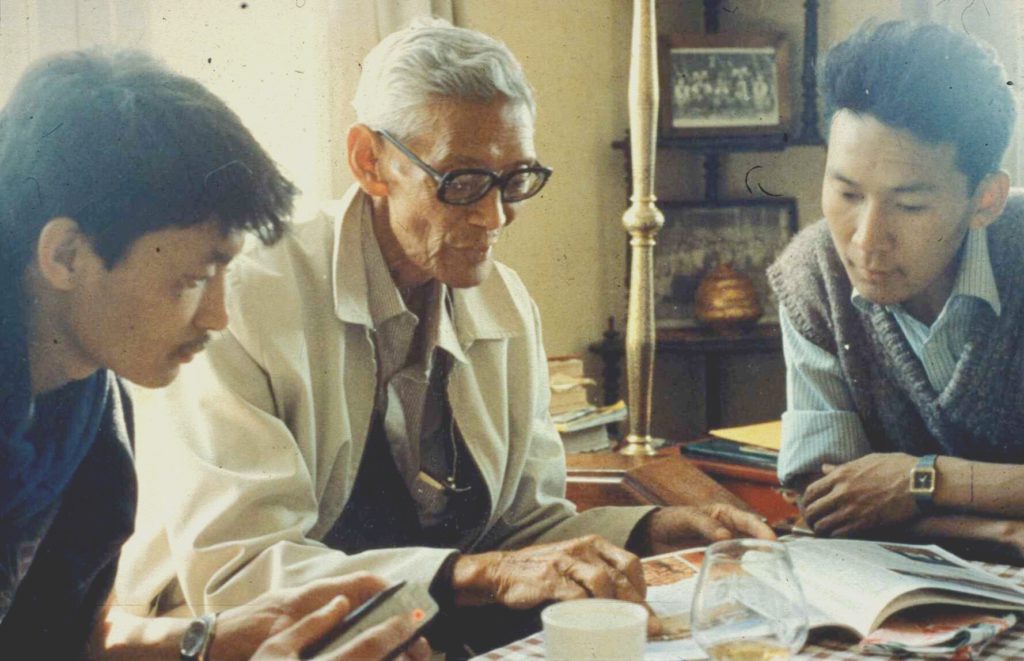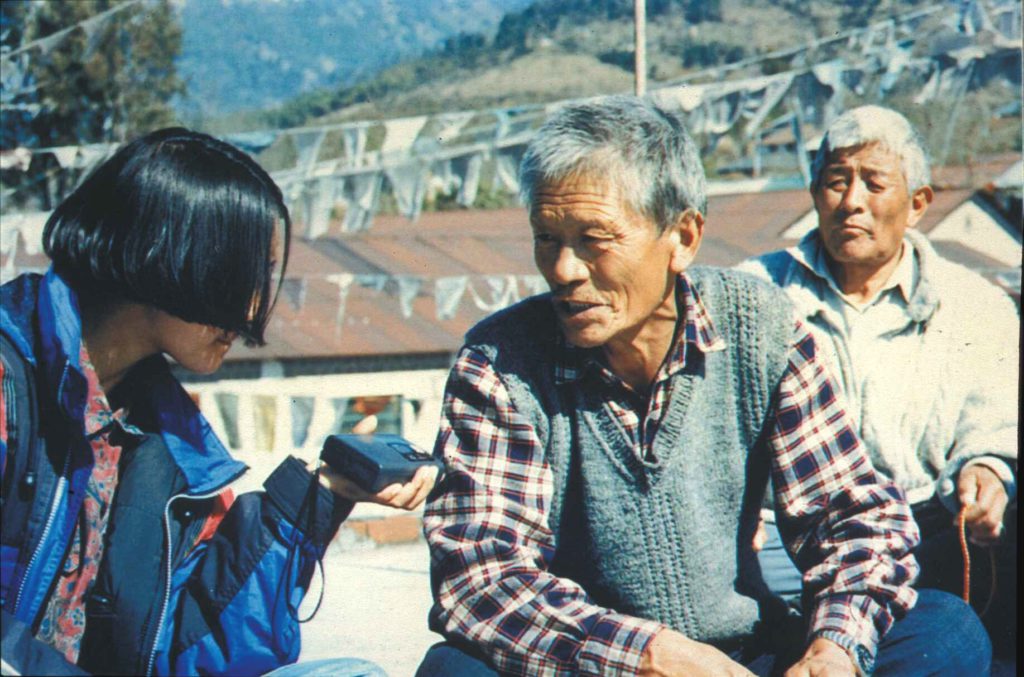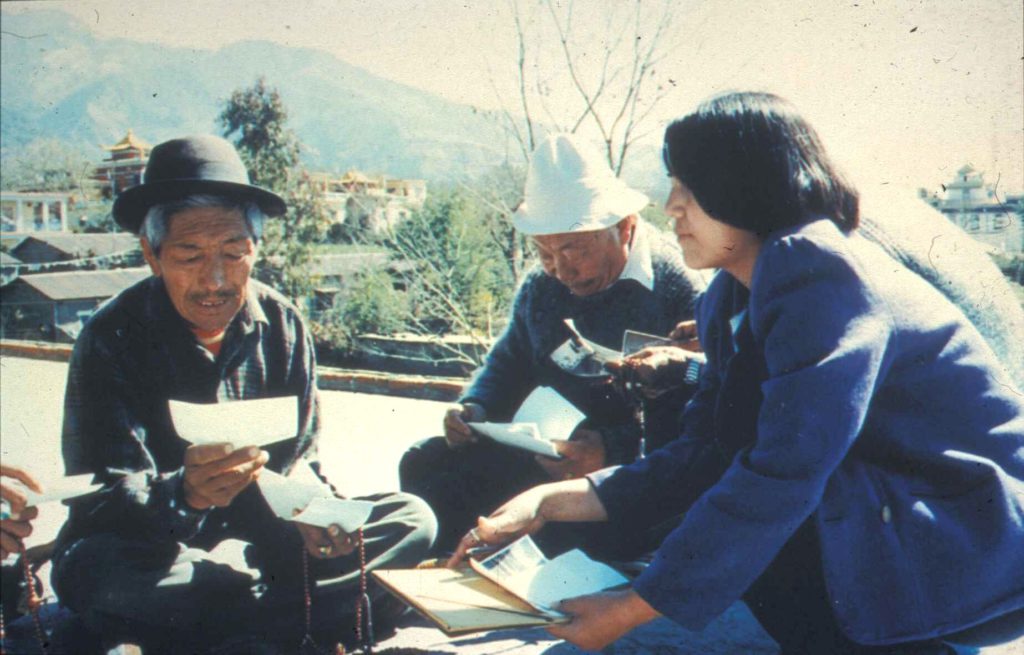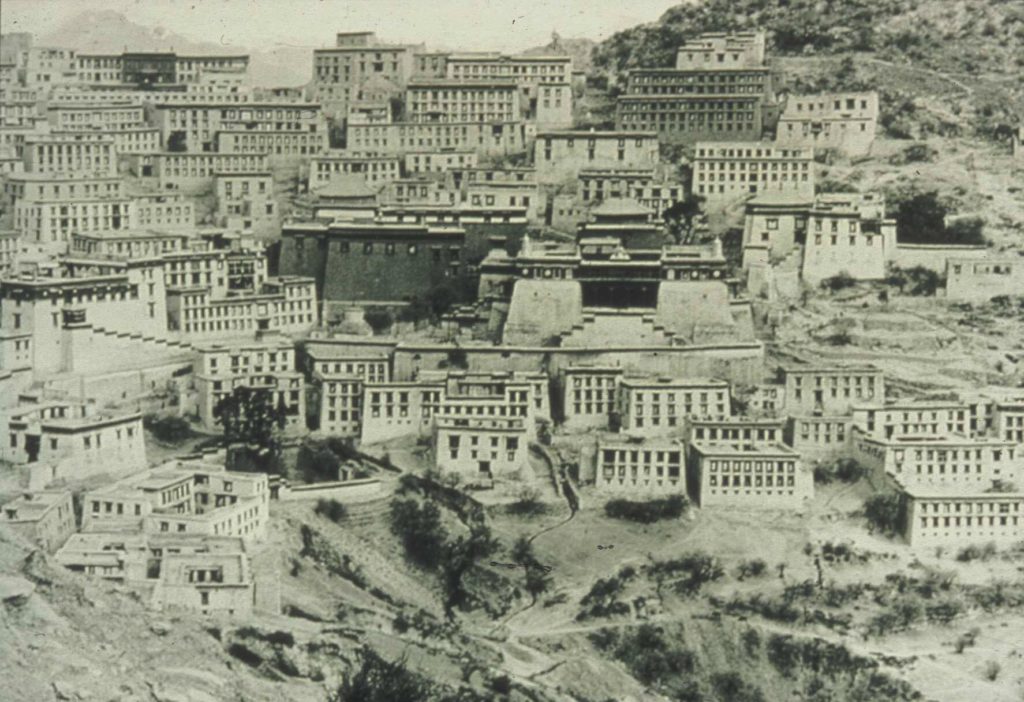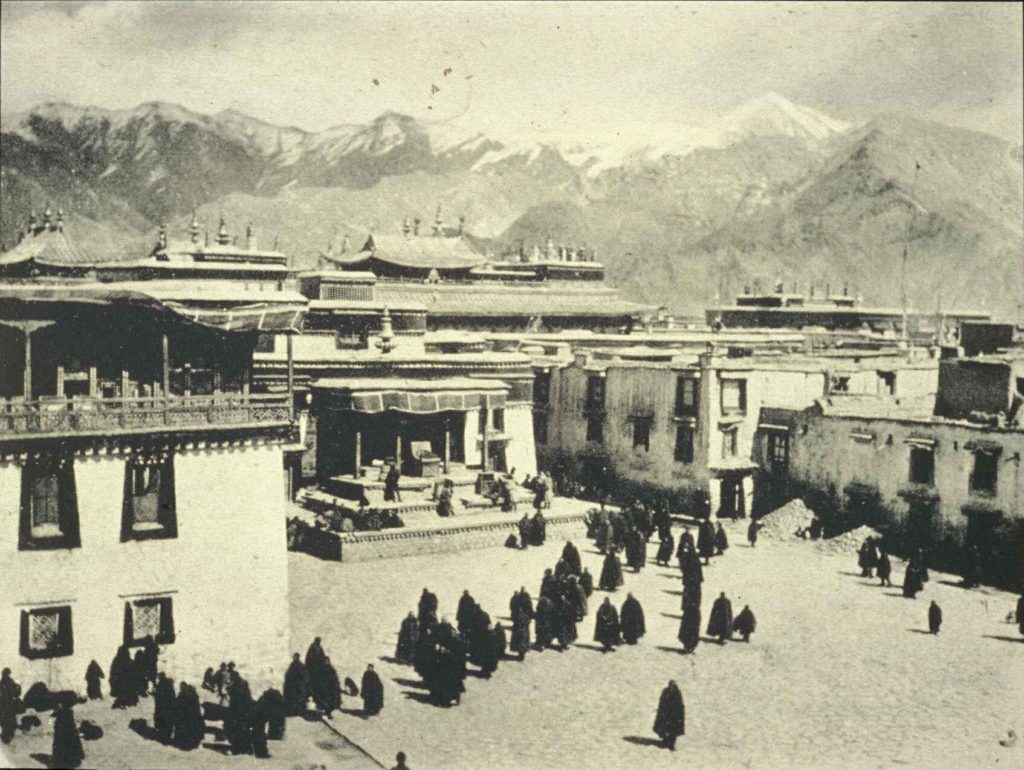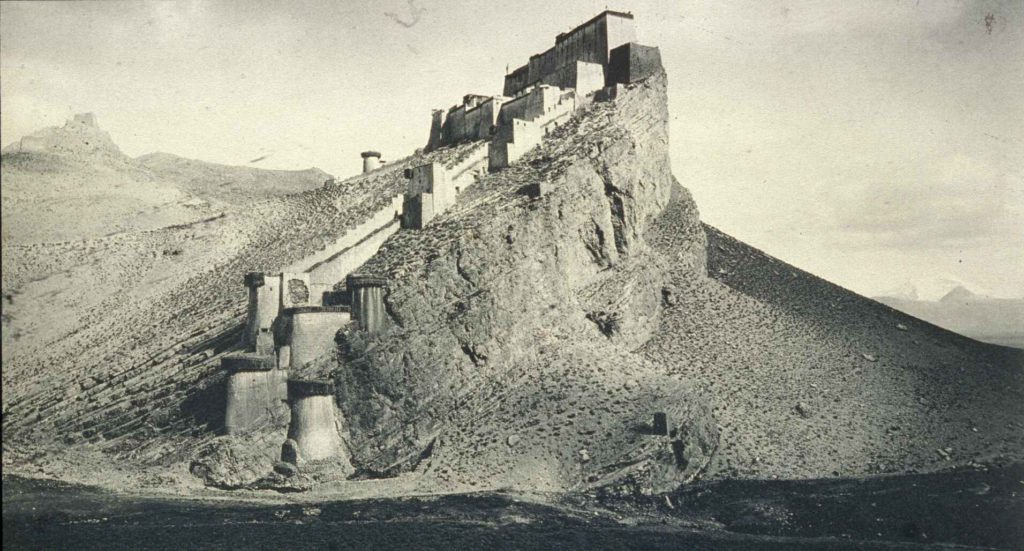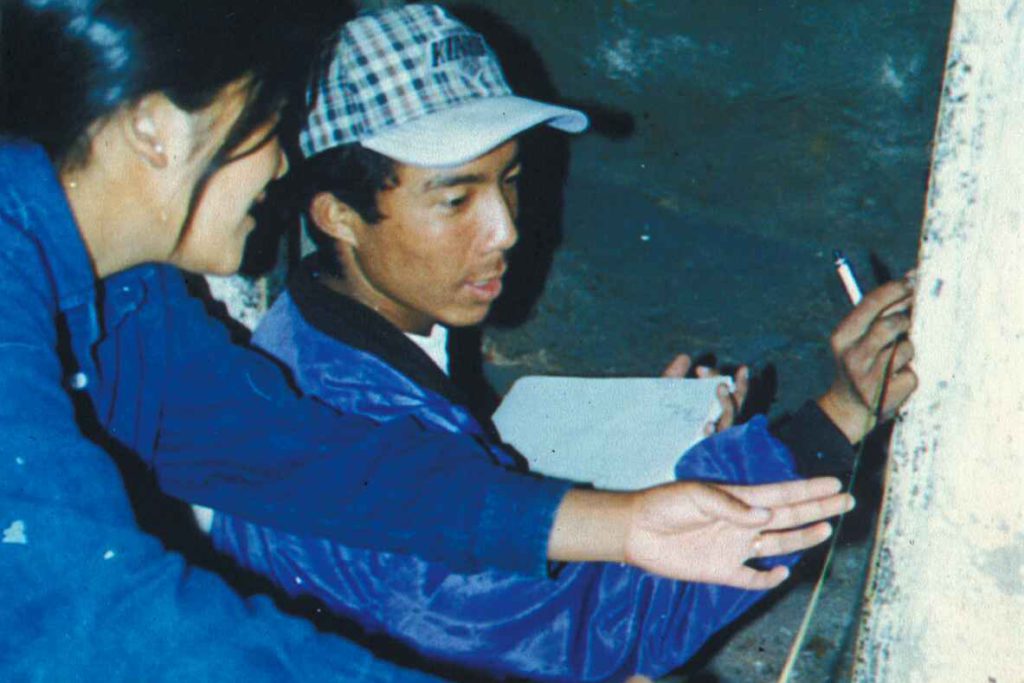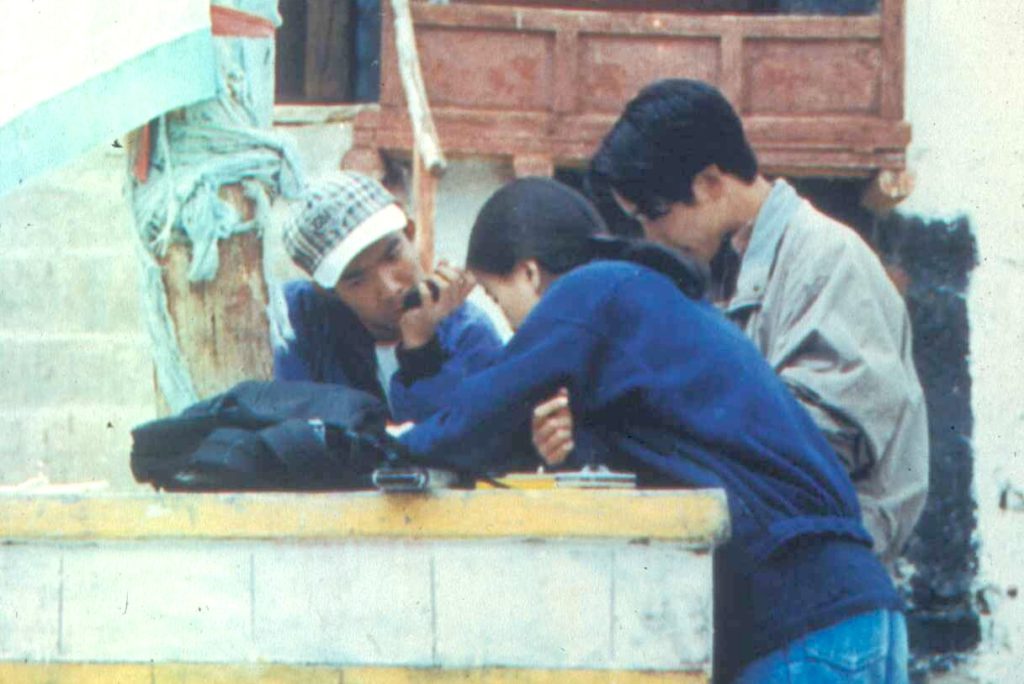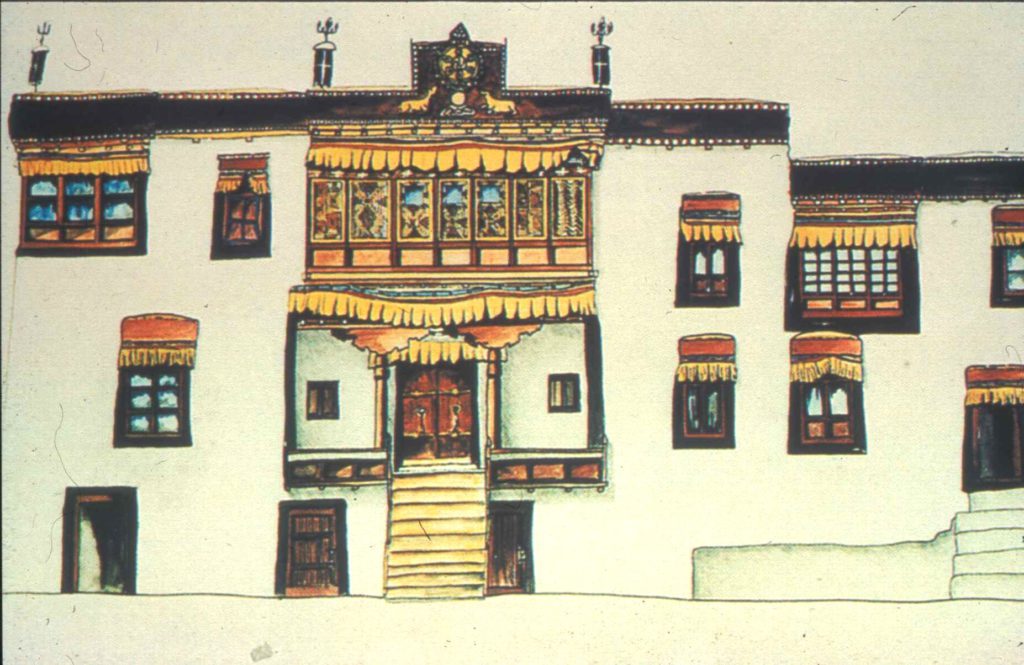Tibetan Exile Community, Dharamsala, India
The Tibetan diaspora is estimated at about 150,000 people worldwide. Most exile Tibetans live in India and Nepal, with smaller groups settled in other Asian countries, in Europe, the Americas and Australia. Dharamsala, a hilltown in Northern India, functions as the administrative heart of the Tibetan community in India, and harbours the residence of its spiritual leader, the Dalai Lama. This exile community has been admirably successful in providing for the basic needs of the continuous stream of people that have crossed the Himalayas over the past sixty years. However, being so dispersed, fragmented and disconnected from their ancestral landscapes and historical places, diaspora Tibetans’ biggest preoccupation today is that their culture might be eroded, their traditional knowledge and values lost.
With several generations now either born in exile or having arrived as small children, Tibetans face the huge challenge of maintaining their cultural heritage alive. In order to confront this situation, they have built schools and established a system of education in which their language, history and culture are effectively transmitted. To strengthen the Tibetan identity in the settlements, they also aim to design buildings in Tibetan style.
In the early 1990s, following a request from the Tibetan administration, OrigiNations founding member Ernesto Noriega collaborated with a group of young Tibetans in Dharamsala in gathering information on the architectural practices of the past and in documenting and promoting this endangered aspect of their cultural heritage. The broader objective of the initiative was to provide a social space in which a new generation of Tibetans, living between tradition and modernity, could reconstruct the memory of their architectural heritage and make creative use of this recovered legacy in the process of redefining their identity and constructing their future.
The project was launched with a symbolic act – a visit to Mr. Jigmet Taring, the man people referred to as „the last architect of Lhasa“ (pictured on the left). As a highly-ranked officer in independent Tibet he had been responsible for all the historical monuments in the old capital Lhasa. He had made a drawing of the city, documenting all the important structures such as temples and monasteries. In exile, he built an exact model out of memory of the Jokhang Temple, one of the most important buildings of the city, and toured with it to all the Tibetan schools in India. When asked for advice by the young Tibetan participants of the new initiative, he encouraged them in their task with the following words:
“Go visit the monuments wherever you can, open your eyes and ears, and make sketches, take photographs, ask questions, study the old stones. Even in ruins one can find precious information, small drops of knowledge here and there. But don’t get discouraged, remember that small drops make a mighty ocean.”
His death shortly after the meeting with the group was a dramatic wake-up call to the young Tibetans interested in documenting their cultural heritage. For them, it became an urgent task to build some form of receptacle for all these drops of fragmented knowledge to be gathered in one place and preserved from oblivion. This is how the idea for the Tibetan Architecture Documentation Center (TADC), which would be part of the Library of Tibetan Works and Archives in Dharamsala, was born.
Private collections and the archives of several museums and (ex-)colonial institutions in Europe were scrutinized for relevant material, and permission was obtained to make reproductions of over 2,500 historical photographs of Tibetan architecture (for some examples see the black and white pictures above). The photographs showed Tibet as it had been before its destruction. Many were unique records of monumental buildings, religious complexes, towns and villages which no longer exist. Back in Dharamsala, this collection became the basis of for the TADC. Along with these photographs, drawings, books, old texts, testimonies and academic studies of historical monuments were gathered, preserved and organised in a way that would facilitate access by the general public and the younger generation.
School students were the most enthusiastic users of the archive – through the photographs they realized that their ancestors had developed a rich architectural tradition well adapted to and in harmony with a challenging environment. They were exposed to a world populated by extraordinary structures, feats of engineering where countless monumental fortresses were strategically located atop inaccessible summits and giant monasteries resembled small towns in their size and complexity, sometimes accommodating up to ten thousand monks. They also learned how their built heritage extended far beyond monasteries and towns and permeated practically the whole landscape through the use of structures that marked historical events, defined boundaries, and ordered the ritual use of space, serving as focal-points for worship or as stations along pilgrimage routes. The photo collection covered the architecture of the different regions of Tibet and other areas within its cultural sphere of influence, from the old Buddhist kingdoms along the Himalayas all the way to Mongolia and south-central Siberia.
Young Tibetans also found that many lessons could be learned from the old tradition that offered relevant solutions to today’s challenges. For example, monasteries that at some point in history had been confronted with a rapid increase in population, suddenly having to accommodate thousands of monks on a limited amount of land, developed sophisticated high-density housing that in many ways resembled housing developed in the West during recent decades. Surprised about the “modern” quality of these solutions, young Tibetans were excited about the points of coincidence between their own tradition and the prestigious and much-admired contemporary architecture. This material promoted the understanding that the Tibetan building tradition is flexible and has always been capable of adapting to diverse cultural and ecological conditions.
Thrilled about these discoveries, school students became an integral part of the initiative and made important contributions to the construction of the documentation work. A dark room was built where they could develop and print photographs before taking them to their grandparents or other elderly people to help them identify particular buildings and villages and ask them about specific details and construction practices.
However, as enlightening the interaction with the historical photographs was, nothing could replace the direct experience of touching, or walking through and around a real building. Not being able to visit Tibet itself, the second-best option was to visit Ladakh, a region within India, but part of the Tibetan cultural realm. After travelling through Ladakh visiting villages and monasteries, they stayed at the monastery of Samkar where they had the opportunity to put into practice their newly-acquired skills in recording, documenting and making measured drawings of the entire monastery.
The realization of how vulnerable and endangered their heritage was, had the power to mobilise young and old to work together and focus their minds to avert what is instinctively perceived as the greatest danger – the loss of their cultural knowledge and values. This experience also exemplifies the central role architecture can play in the process of cultural resistance and renewal, especially in the case of marginalized population groups.
Background Information
This initiative was implemented in collaboration with the Library of Tibetan Works and Archives (LTWA), the TCV School, the TCA Planning Council and was made possible through a partnership with the Heinrich-Böll-Stiftung (Germany) and the Department of Architecture of the University of Trondheim (Norway).
A more detailed description of the project can be found here.
Historical photographs: Tibetan Architecture Documentation Center – LTWA, Dharamsala.


